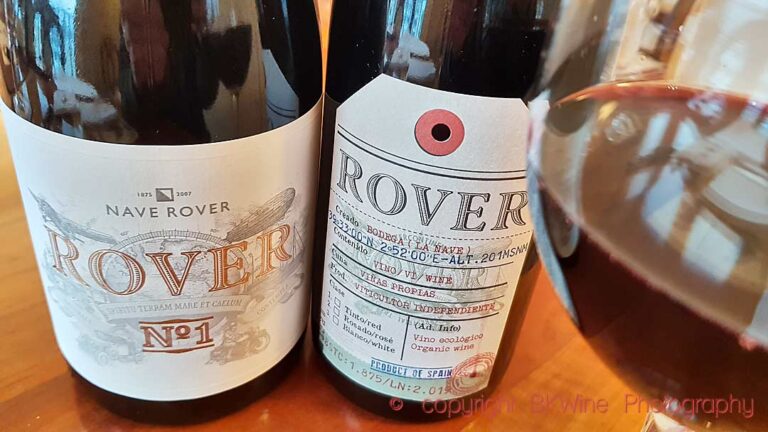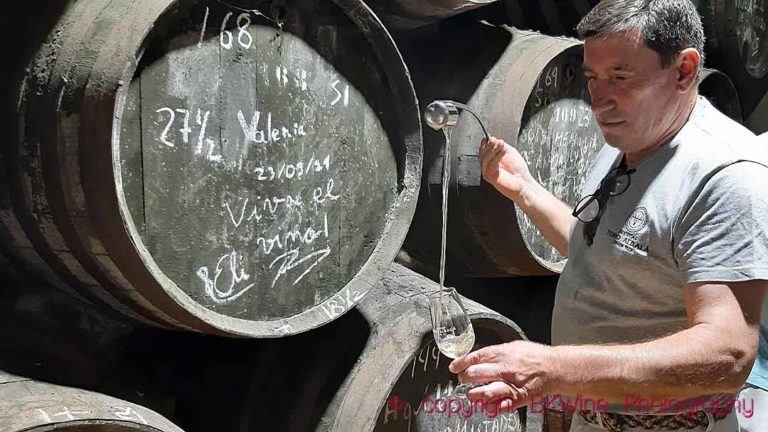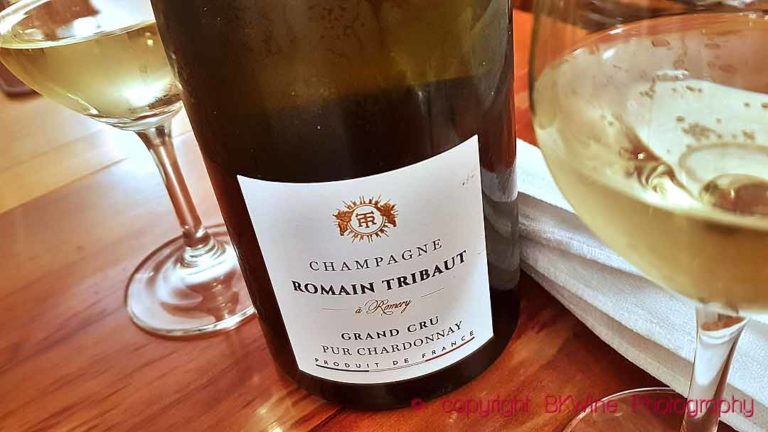Tasting with an original producer of sparkling wine
Recaredo is a small family-owned cava producer with big ambitions and wines that are somewhat different that the usual. They are organic and even biodynamic and make wine without any dosage. Ton Mata Moliner was recently in Sweden to lead a tasting of his wines. Magnus Hoffstein was there for BKWine and reports on the tasting and the discussion.
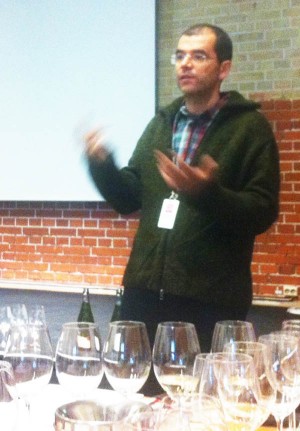
For sparkling wines champagne is the eternal reference. It is easy to get fixated in a position where bubbles that do not taste like champagne by definition are less good. If you are a champagne enthusiast and are given the opportunity to come to a tasting of small-scale, artisanal and well-reputed cava wines, then you follow the track even to the outer regions of Malmö suburbs where the importer Invinitum and Ton Mata Moliner (owner and winemaker) were ready for a tasting.
The very charming winemaker, who is today in charge of the cava tradition that his grandfather started, guides us through a series of different quality levels and vintages. Recaredo Mata Casanovas have no more than 50 hectares of prime limestone north-facing slopes on 200 metres altitude not far from Barcelona.
All processes in the production are manual and as natural as possible. Even the first fermentation in bottle is done under natural cork since the usual crown cork made of metal is not quite as recyclable as natural cork.
Of course they are also certified biodynamic and they are proud of being the only cava producer that only makes brut nature, in other words wines without any added sugar after the second fermentation. In France, as in other regions, a bit of sugar is often added at the end.
“Without sugar we can achieve a wonderful link between the soil and the grapes and hence also the wine. Even a small dosage would perturb the transparency and we have nothing to hide. In addition, we only make single vintage wines. We want to show and put forward the specific characteristics of each vintage. It makes it much more interesting.”
2007 Recaredo Brut Nature
The first wine is 2007 Recaredo Brut Nature, made from some 50% xarel-lo, 40% macabeu and 10% parellada. It is brilliantly lightish yellow. The nose is quite opulent with a nice toasted character, lots of fresh apples, white flowers, lemon marmalade and aniseed.
The taste is soft with a lovely, well developed fruit, liquorish root, and a fresh earthiness. The mousse is good and the acidity is refreshing and very present but softer than what one is used to if one’s taste buds are calibrated on champagne. A very nice wine with a price of around 195 SEK (22 euro).
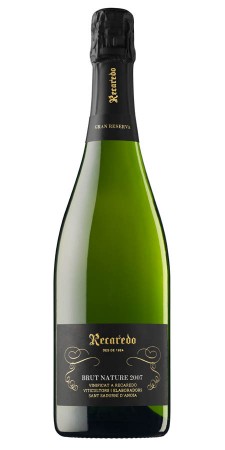
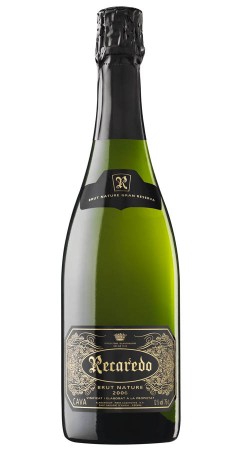
[divider_flat]
2006 Recaredo Brut Nature
This was followed by 2006 Recaredo Brut Nature with more or less the same grape mix. the nose shows clearly the different style of the 2006 vintage and is more on fresh, green apples and wet clay. In the mouth it is leaner with more earthy citrus fruit. Not bad at all but the 2007 has charmed us all with its beauty and leaves the 2006 a bit behind.
2003 Recaredo Brut de Brut
Ton Mata changes gear and serves us a 2003 Recaredo Brut de Brut. Around 60% macabeu fermented in steel tanks and the rest is xarel-lo fermented in barrel. After the fermentation it has been left to its own devices on the lees for five and a half years.
The colour is darker than the previous wines. Partially due to the age and partially due to the time in barrel. The nose is big with an imposing warm and fresh sweet citrus character, flowers, hints of chocolate toffee and coffee and a noticeable spiciness. Very good acidity that keeps any over-weight at bay and an excellent mousse.
This was superb and the best wine in the tasting. 290 SEK (31 euro) and the “recommended” signs are flashing.
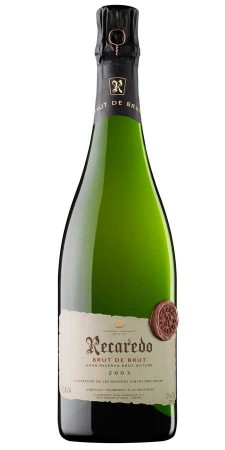
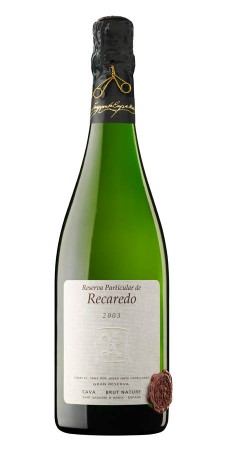
[divider_flat]
2003 Reserva Particular de Recaredo
The fourth glass is a 2003 Reserva Particular de Recaredo from two small vineyards planted in the 1950s with 60% macabeu and 40% xarel-lo. On the nose it is both more and less than the previous wines. More since there is a full-bodied, almost fat, side with linoleum and white flowers. Less since it still gives a rather closed impression with very little fruit. On the palate it is broad and creamy with a long, fresh acidity, but the mousse surprisingly coarse and as a total impression I am not quite convinced, in spite of eight years before degorgement.
2002 Turó d’en Mota
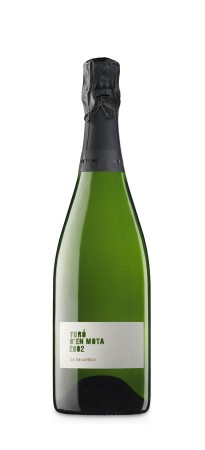
The last glass was a 2002 Turó d’en Mota. 100% xarel-lo from a single vineyard with nine years on the lees. The nose is incredibly spicy with fennel and allspice mixed with orange marmalade, coffee and a lovely earthiness. The taste corresponds to the nose. There are lots of stuffing with a very long after-taste and acidity; very clean. Delicious and memorable in a very different kind of way, a bit like a Krug in a champagne flight; spice, poser and earthiness. 975 SEK (a bit over 100 euro).
–
Inevitably there are numerous references to champagne in a tasting like this. To try and make some generalisations of the differences between Recaredo and fizz from northern France I can say that the acidity is fresh but softer than in champagne, more tartaric acid than malic or lactic acid due to more ripeness in the grapes in the Spanish wines.
The mousse, in the wines we tasted, was generally less developed, but above all it disappeared surprisingly quickly. After half an hour in the glass it was virtually gone. But then one should also note that these wines were quite delicious also without the bubbles. Flat champagne on the other hand is rarely a great experience.
Another difference is of course the price level. Ton Mata is a third generation wine maker. He must of course be fairly compensated for the work he does and have some return on fixed assets, but it sees as if tradition and passion are his main motivators.
There is no big luxury group in the background, whose owner requires a good return on investment or where the marketing is in the form of full page advertisements on in glossy magazines or welcoming posters in the arrival halls of airport terminals. All this becomes quite clear when one considers how much solid value one gets for one’s money. The closest you get in Champagne is similarly minded independent growers.
 It was also interesting that the wines were so crystal clear and clean. In the overall debate around “natural wines” it is not unusual that “defective” and “sulphur is a poison” are in a face-off in the ring. I have not tasted a single funky organic sparkler, nor from champagne or other districts. When it comes to still organic wines, on the other hand, it does happen, recently for example with Daniel Berlin, that the thoughts wander off to unshaven armpit; natural indeed, but…
It was also interesting that the wines were so crystal clear and clean. In the overall debate around “natural wines” it is not unusual that “defective” and “sulphur is a poison” are in a face-off in the ring. I have not tasted a single funky organic sparkler, nor from champagne or other districts. When it comes to still organic wines, on the other hand, it does happen, recently for example with Daniel Berlin, that the thoughts wander off to unshaven armpit; natural indeed, but…
In conclusion it was a tasting that illustrated what cava can be, far removed from mass production and designer bottles. I was at another tasting recently with Etienne Hugel from Alsace recently who underlined that the problem in Alsace is that great quantities of plonk debases the image of Alsace as a quality producer. “It wasn’t the tip of the iceberg that sunk the Titanic.” That is something that I think Ton Mata might agree on.
Magnus Hoffstein is a wine blogger in southern Sweden who blogs under the pseudonym Goût following his philosophy of “writing above all about wines that taste good”. You can read his (currently dormant and Swedish) blog here: https://goutvin.blogspot.com/
[box type=”info”]Cava is a delicious sparkling wine from Catalonia (or sometimes other parts of Spain) but there are many other great wines made in Catalonia. If you feel tempted to come on a wine tour to Catalonia to discover its wines and gastronomy, then take a look at BKWine’s wine tour program![/box]


